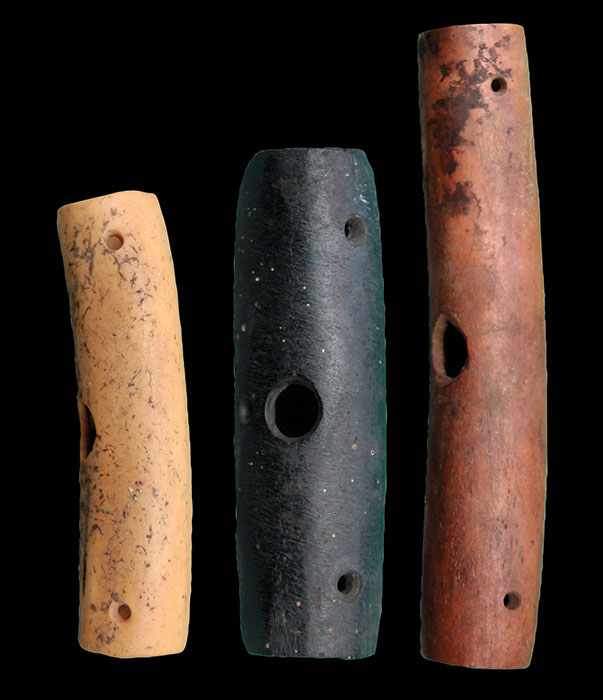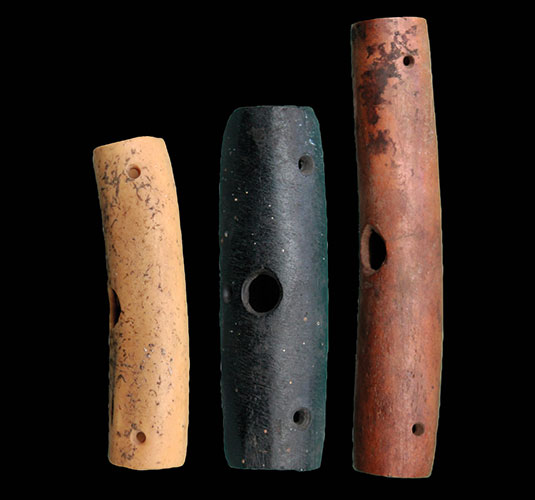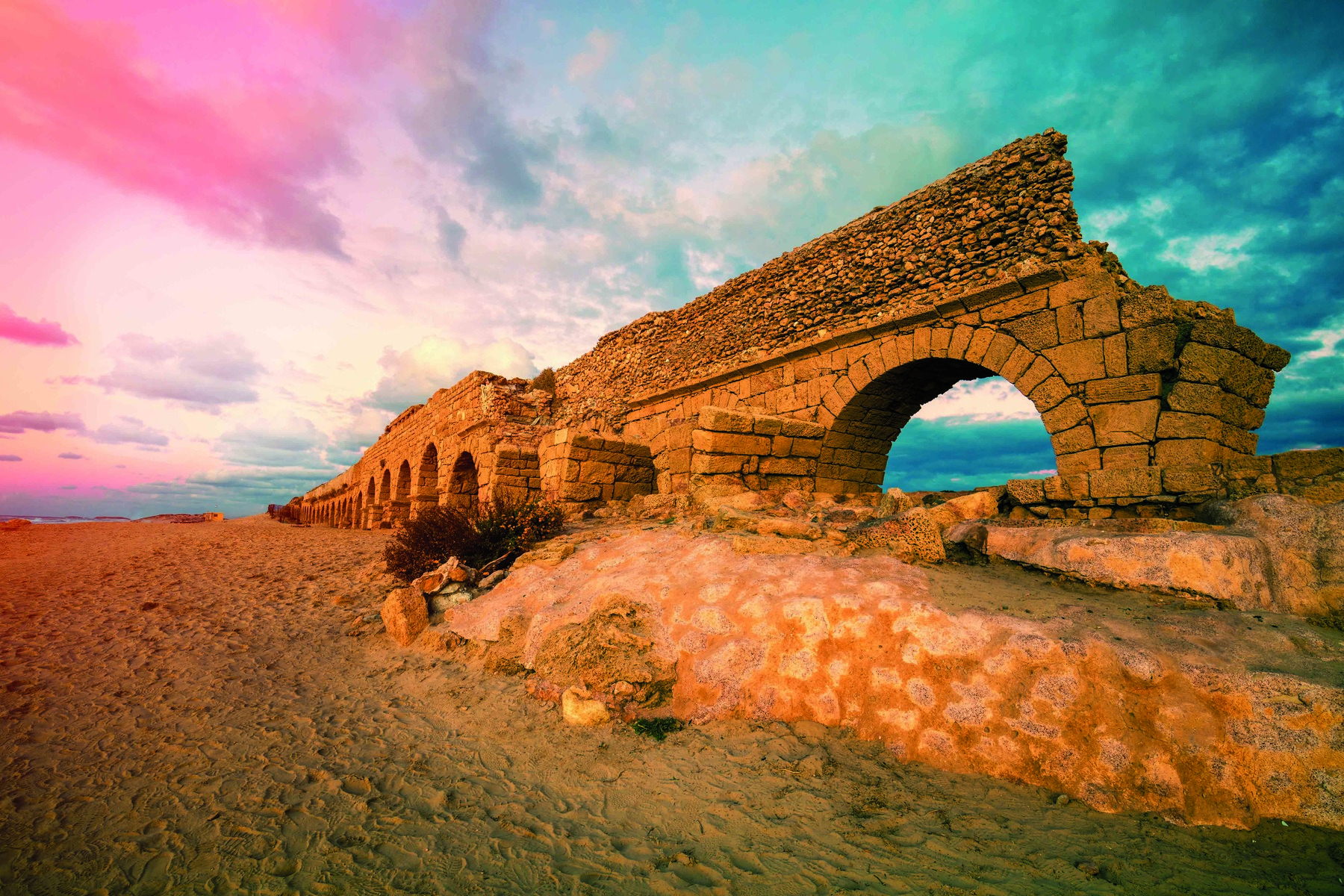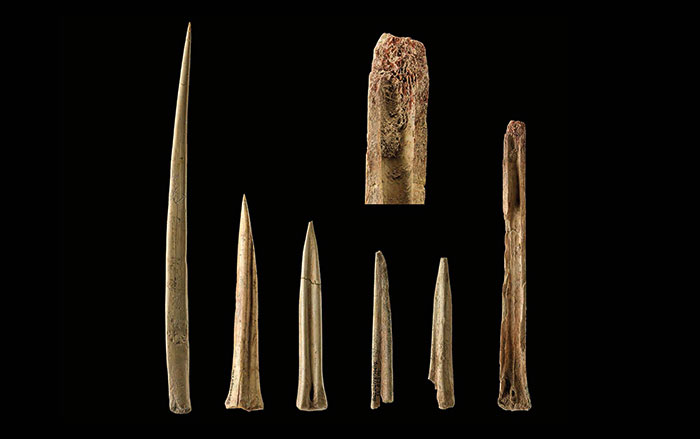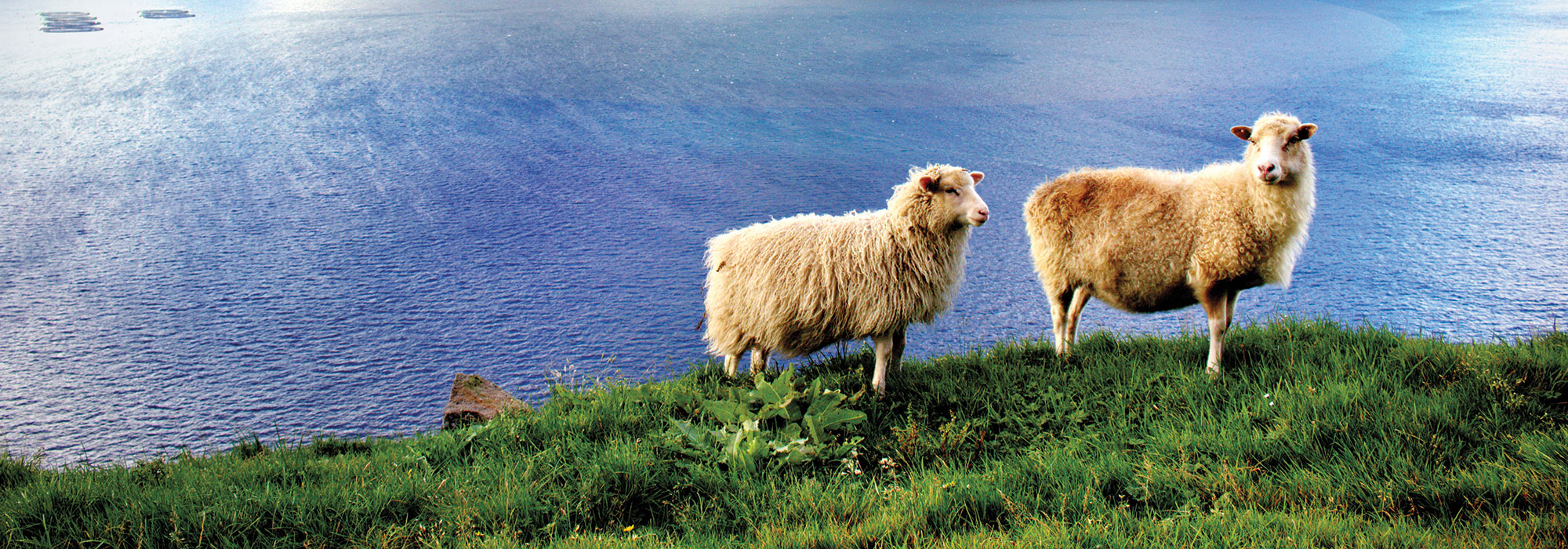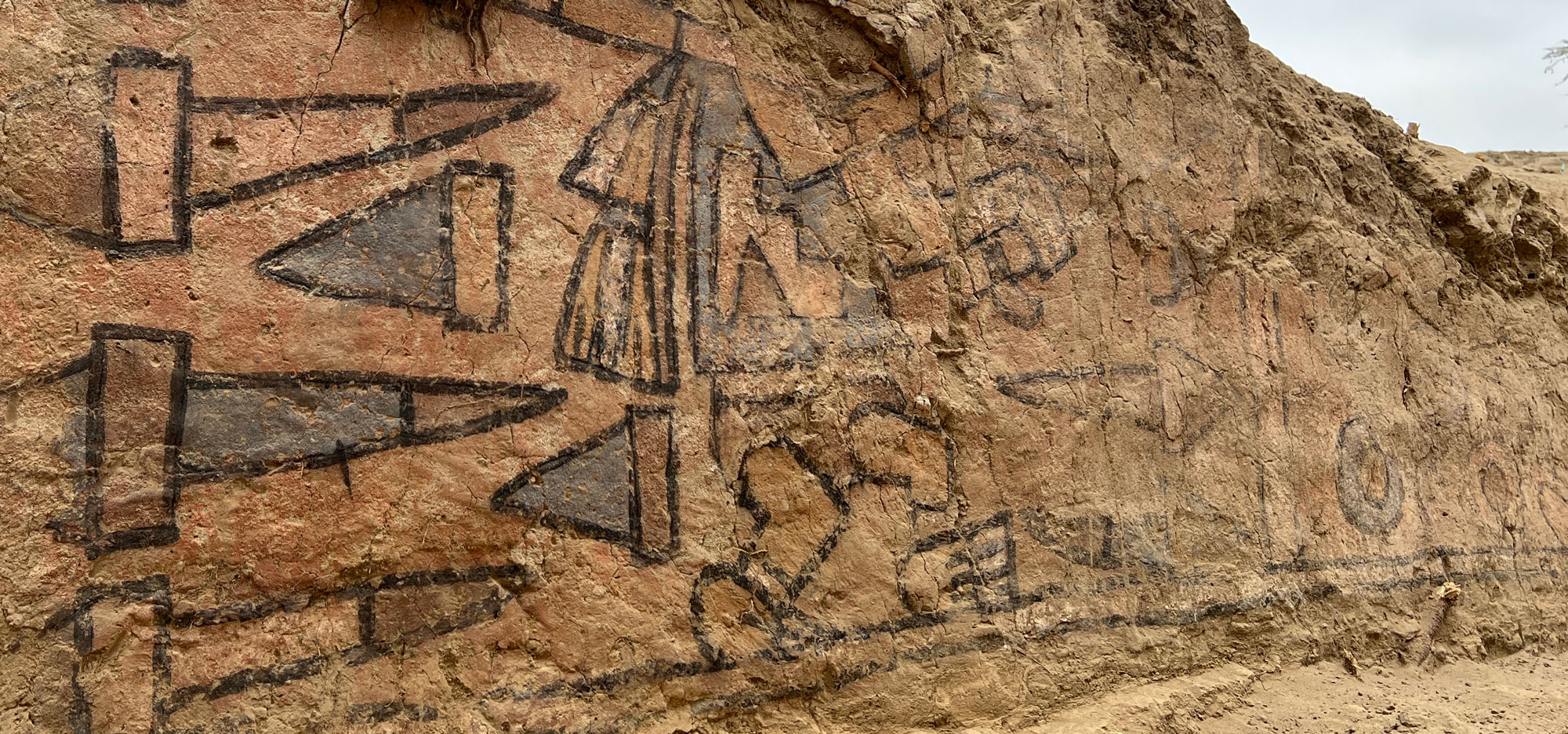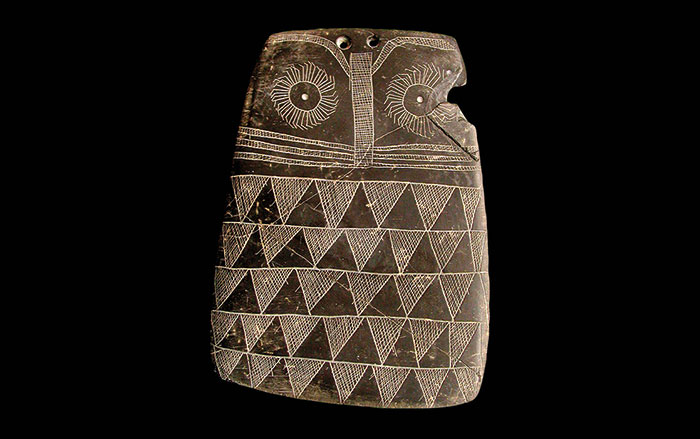
What is it?
Wind instruments
Culture
Andean Middle Horizon
Date
A.D. 600-1000
Material
Camelid bones
Found
La Real, Peru
Dimensions
2.3-3.9 inches long
Music is an integral part of many of life’s most important moments and is a powerful way to create communal bonds. But the significance of a musical instrument is not only found in the events where it is played and the sound it produces. It also emanates from the person who makes it and the materials out of which it is fashioned. For the people of the village of La Real in the Peruvian Andes, the materials they used to create wind instruments reflect a deep connection to both the living and the dead and to the animals that were central to their lives. “Playing music was a collective activity during this period, and instruments were made by many members of a community,” says archaeologist Aleksa Alaica of the University of British Columbia. “They used materials, such as camelid bones, that they had reliable access to and that were important to them.” Some of these instruments were then buried alongside the dead.

Camelids such as llamas were the people of La Real’s primary source of meat, as well as of fibers and skins for clothing. Herders raised these animals from birth and their slaughter was likely part of a shared feast. “They would have lived with these animals and known them well collectively, and perhaps even individually,” says Alaica. “Each of the camelid instruments from La Real almost certainly represents a communal meal, and if an animal’s identity remained known throughout the event, then each animal’s ‘voice’ would have been remembered in the sounds the instrument made.” By burying an instrument, the people of La Real ensured that that voice could no longer be heard. “The very way breath is expelled to create sound in a wind instrument,” Alaica says, “is, in its own way, also an ode to the dead.”
To hear some of the wind instruments being played, click play below. (Sound files courtesy Aleksa Alaica)


